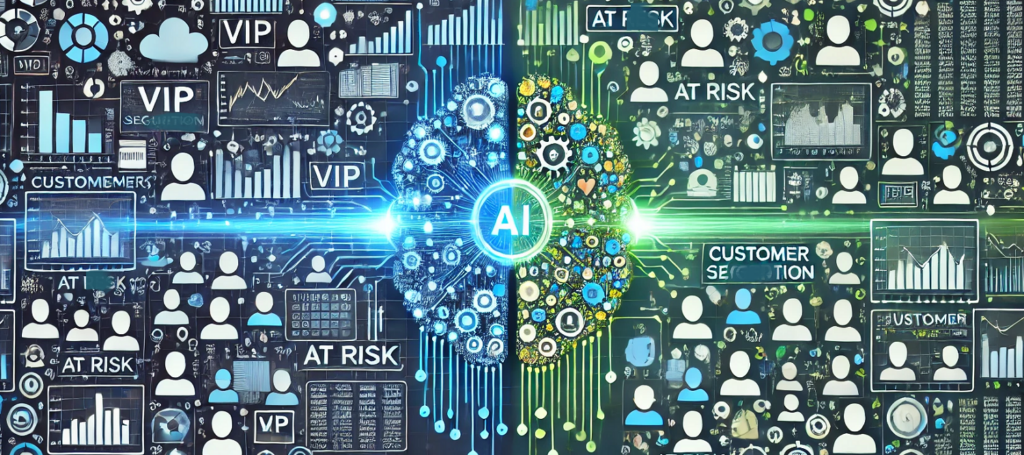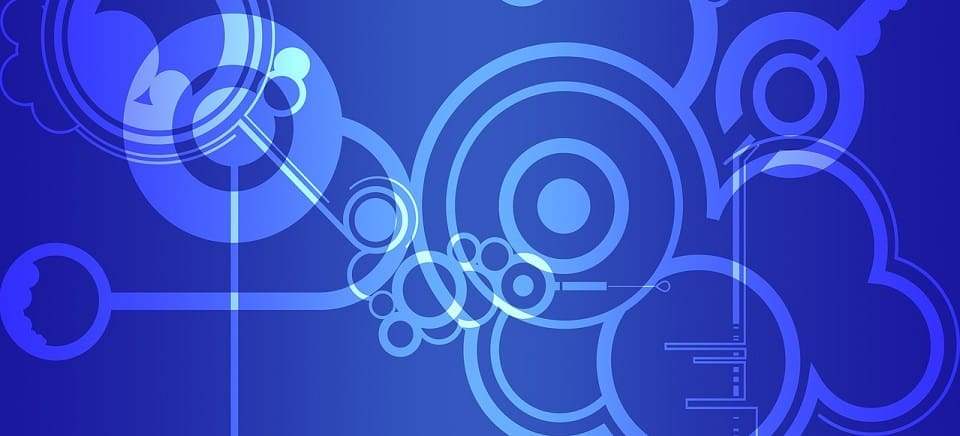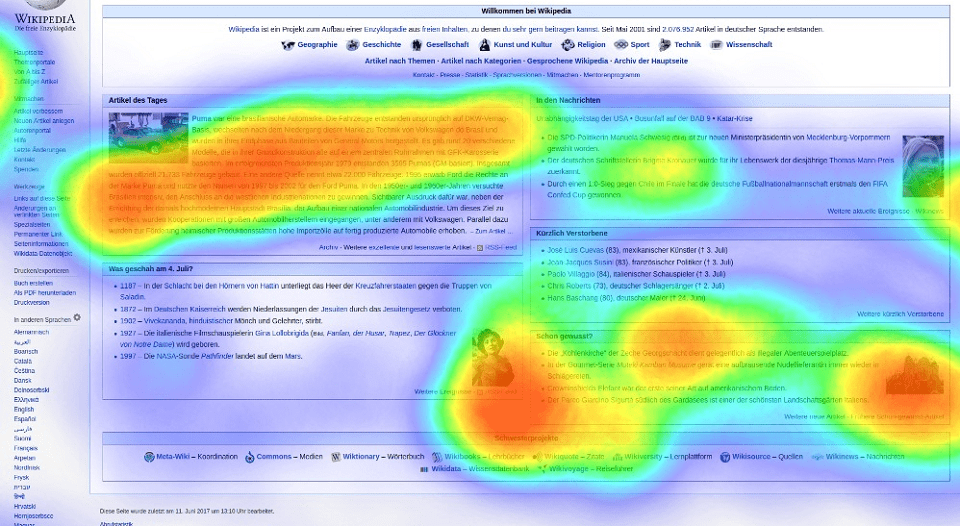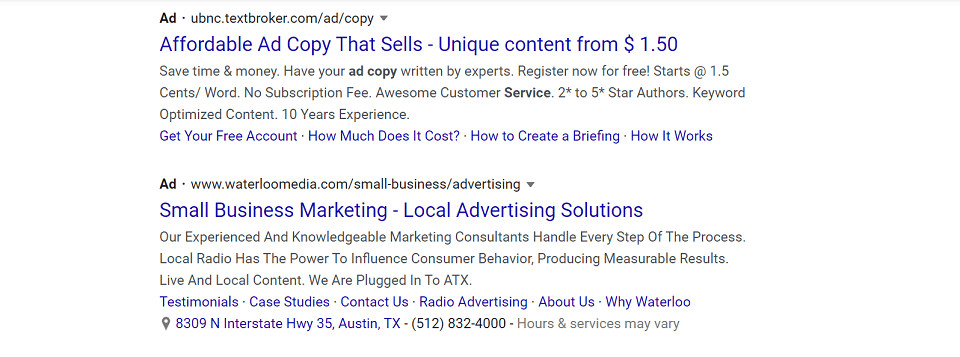Customer segmentation has always been at the core of effective marketing. The more precisely you understand your audience, the better you can serve them.
Traditional segmentation methods based on age, location, or purchase history can only take you so far.
Today, artificial intelligence (AI) enables a more dynamic, data-rich, and behavior-driven approach.
In this guide, we’ll walk through how AI-powered customer segmentation works, why it matters, and how to put it into action.
Why AI Changes the Segmentation Game
Most marketing teams rely on static segments built with a handful of criteria.
These buckets might include demographics, buyer type, or past purchase behavior.
While useful, they often miss the deeper nuances that predict future behavior.
AI transforms segmentation by analyzing vast data sets in real time.
Instead of guessing what matters, AI uncovers the patterns behind how people actually engage with your brand.
It clusters audiences based on similarities in behavior, preferences, timing, sentiment, and more.
The benefits of embracing AI-based segmentation include:
- Smarter targeting
- Improved personalization
- More efficient ad spend
- Stronger customer retention
AI helps marketers move from “what customers did” to “what customers are likely to do next.”
Step 1: Define the Business Goals
Before jumping into the tools and models, clarify what you want your segmentation to accomplish.
Are you trying to:
- Increase conversions?
- Reduce churn?
- Personalize onboarding?
- Launch a new product to the right audience?
To keep your segmentation focused, start with the end goal in mind.
AI can cluster customers in many ways—but without a business purpose, the data won’t serve you.
Step 2: Gather and Centralize Data
AI thrives on high-quality data. This is the foundation of everything that follows.
You’ll need to collect customer data from all relevant sources:
- CRM platforms
- Website behavior (clicks, time on site, bounce rates)
- Purchase history
- Email engagement
- Customer service interactions
- Social media activity
- Mobile app usage
Make sure all this data is cleaned, deduplicated, and unified in one central place, ideally a customer data platform (CDP) or marketing data warehouse.
The more complete the picture, the better the output will be.
Step 3: Choose the Right AI Segmentation Approach
AI segmentation typically uses machine learning algorithms to group similar customers.
Common approaches include:
- Clustering (e.g. K-means, DBSCAN): Finds patterns in the data and automatically groups customers into segments based on similarity. You don’t define the rules—the algorithm does.
- Decision Trees or Random Forests: Help identify which features (like behavior or purchase history) predict certain outcomes (like conversion or churn).
- Neural Networks: Handle complex relationships and are especially useful when working with unstructured data (like images, voice, or open text).
Many modern tools package these models into accessible dashboards, so you don’t need to write code.
Some popular options:
- Salesforce Einstein
- HubSpot’s AI-powered segments
- Segment + Twilio Engage
- Adobe Experience Platform
- Custom pipelines using tools like Python, BigQuery, or DataRobot
Choose a method based on your internal skill set and how hands-on you want to be.
Step 4: Train the Model Using Real Data
Once the data is in place and the method has been selected, you’ll have to train the AI system.
This means you will be feeding historical customer data into the model, so it can learn how to group people based on shared characteristics or behaviors.
Let’s say you want to predict who’s most likely to upgrade from a free to a paid plan.
AI can examine patterns across thousands of customers and uncover common traits, including but not limited to:
- Visit frequency
- Time spent in app
- Email opens
With unsupervised clustering, you won’t even need a target variable. The system will identify patterns on its own.
This training process may take anywhere from minutes to hours, depending on the tool and dataset size.
Most platforms now include visual interfaces that let you review the emerging segments and tweak model parameters.
Step 5: Analyze and Interpret Segments
Once your AI tool generates the customer segments, take time to understand what defines each group.
Some common findings:
- High-value customers who convert fast after just one or two touchpoints
- “Window shoppers” who browse frequently but rarely buy
- Inactive users who need re-engagement
- Highly engaged but discount-dependent shoppers
Each group should have actionable traits—things you can use to create tailored experiences.
AI often uncovers surprising insights that would be hard to see manually, like:
- Which time of day people are most likely to buy
- What content format drives repeat visits
- Which behaviors signal churn risk 10+ days in advance
The more time you spend reviewing these segments, the better your targeting will be.
Step 6: Personalize Campaigns Based on Segments
Once you’ve validated the segments, the next step is to act on them.
Tailor your marketing actions to each group. For example:
- Give high-LTV customers early access to new products
- Send time-sensitive discounts to likely-to-churn users
- Offer curated content to new subscribers based on browsing habits
Most AI segmentation platforms can push segments directly into tools like:
- Email marketing platforms (Mailchimp, Klaviyo, etc.)
- CRM systems
- Ad platforms (Meta, Google Ads)
- On-site personalization engines
This is where the real ROI comes in.
Segmentation alone doesn’t change outcomes. Activation does.
Step 7: Continuously Refine and Re-Train
Segmentation is not a one-and-done exercise.
Customer behavior evolves. Markets shift. Product offerings change.
AI-powered segmentation gives you the ability to keep up, as long as you monitor and update your models regularly.
You may want to:
- Retrain models every quarter
- Add new data sources (like reviews or support tickets)
- Refine segment definitions based on campaign performance
- Test new types of segments (intent-based, value-based, etc.)
AI gives you the flexibility to adjust without starting from scratch.
The Bottom Line
AI-powered customer segmentation unlocks a more sophisticated way to understand and serve your audience.
Instead of guessing who your customers are, you learn how they behave—and how to speak to them on a personal level.
If you have the right data, clear goals, and the willingness to act on what AI reveals, you’ll be ahead of the curve.
And the best part? Once set up, this process keeps improving as more data flows in.
Ready to stop guessing and start knowing your customers?
Now’s the time to put AI to work.
You can get your own copy of the HAIF Guide on Gumroad for $97. At that price, what are you waiting for?
Tommy Landry
Latest posts by Tommy Landry (see all)
- The Complete Guide to Dental SEO: How Dentists Can Attract More Local Patients Online - November 25, 2025
- How AI Is Changing eCommerce SEO and Product Discoverability - November 20, 2025
- Social Signals and SEO: Why Engagement Still Matters in the AI Era - November 18, 2025





